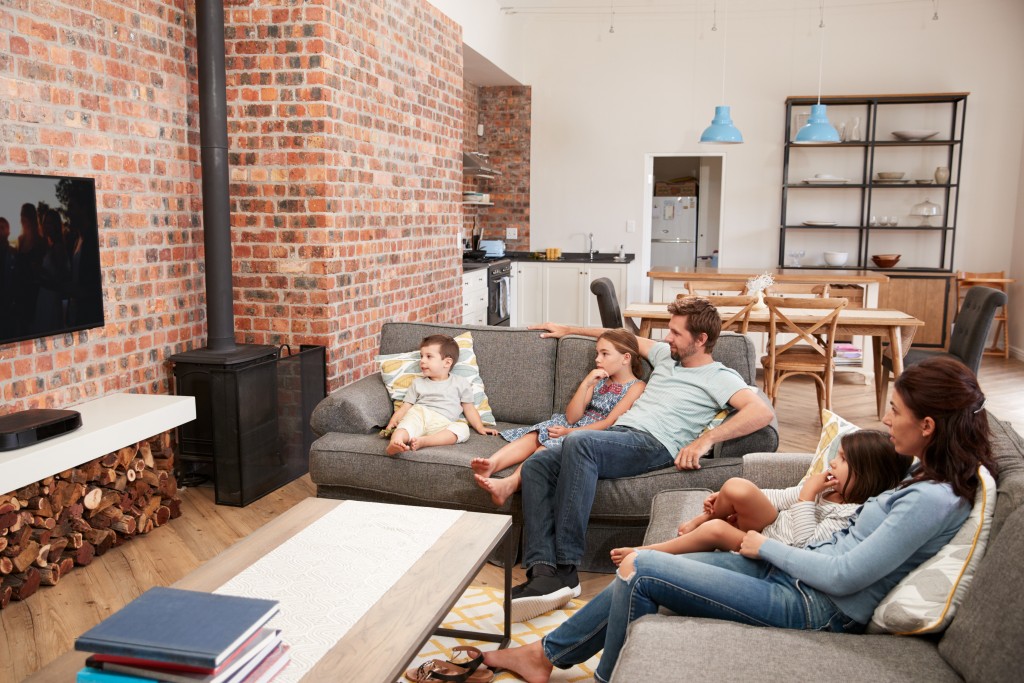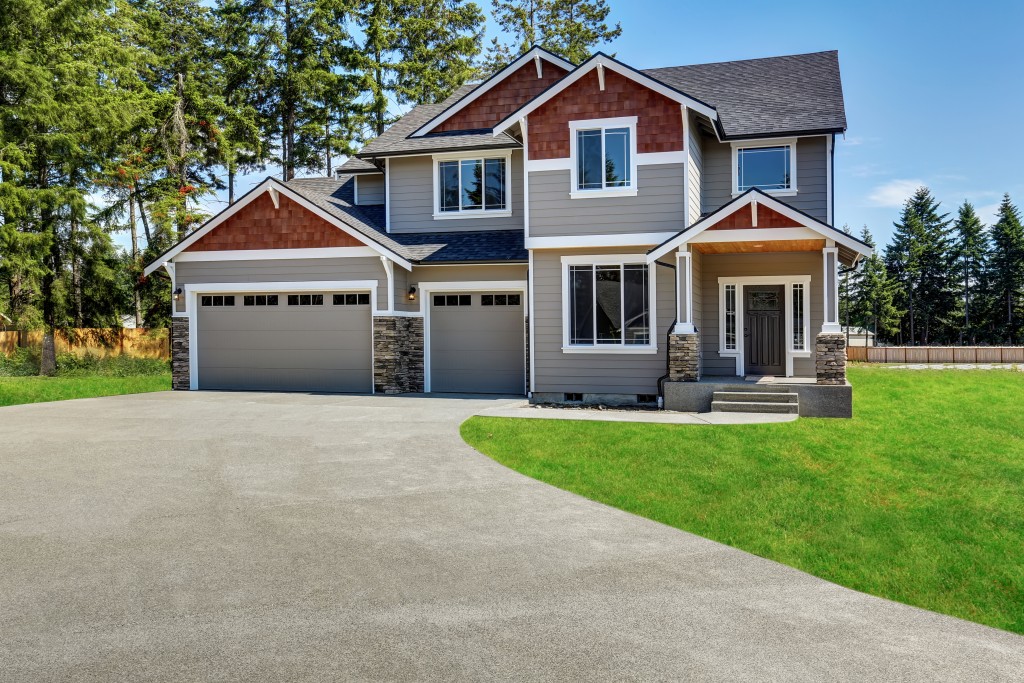In the domestic setting, high-end technology has been kept to our devices. If you’re lucky enough, you may have a state-of-the-art TV that covers half a wall, and on the other side of the room will be a beautiful desk with the latest high-spec laptop on it.
But technology has finally broken out from being contained to the quality of the devices and will become much more interwoven in all parts of our domestic lives. Home interior design is about making a space as aesthetically pleasing based on a theme or artistic style, and it is now ready to embrace the Internet of Things. It’s not just our gadgets that are becoming smarter; our homes are now becoming smart, too.
How many homes are considered smart?
It’s difficult to define at what point a home becomes a smart home. CNET, an online technology publisher, along with a real estate agent, came up with their own definition. Loosely, a home is smart if there is any automated or optimized function that can be controlled through the internet or a Bluetooth connection. There is no agreed boundary as to how much tech needs to be connected to makes a house smart. However, most people would not see one item, like lighting being connected, as something that makes a smart home.

It seems that the more items are connected, the smarter the home is. That may be the case that our homes will get progressively smarter as more devices become attached to a digital controller like a phone or digital assistant. Recent research carried out by Berg Insight claims that 63 million homes in America will be smart by 2020.
How will a smart home look?
Our TVs are linked to the internet, and we enjoy much more active control over our viewing choices. Services like Netflix and other paid streams already tailor to our preferences, and we can watch on any digital gadget, not only through our TVs.
Speakers can now be streamed to from a specific device anywhere in the house. That may mean that speakers and even screens can be installed in rooms all over the house, integrated flush into the walls and decor and not as standalone units in the corners of a living room.
Multiple LED lights can be arranged around different parts of a room to highlight various aspects of the design at different times to suit different moods. Configurations can be preset and controlled from a tablet or phone. Security can be enhanced, with automated light activation, with lights turning on and off while you’re on holiday.
A fridge will learn your preferences and order when you run short of an item. Link your refrigerator to a health app, and you may choose to receive suggestions based on what a database knows about your health. These are just some ways smart technology is becoming part of the home set up.
All of this is designed to make your home more beautiful and your home experience more pleasurable. Your needs and preferences are automatically met, sometimes before you realize you need it. There are specific questions about the intrusion of technology into our private lives. Still, it seems that if we are willing to have a beautiful home that actively responds to our lives, we need to accept that our homes and companies will know more about us than maybe we do.

